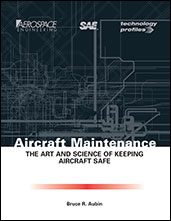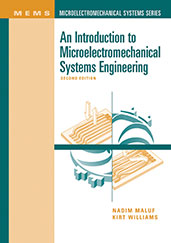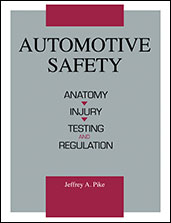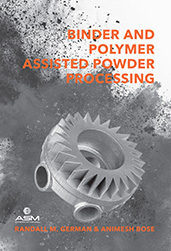Book

2013 and 2014 Passenger Car Yearbook
2013-11-25
This set consists of two books, 2013 Passenger Car Yearbook, and 2014 Passenger Car Yearbook. Both include articles that were written by the award-winning editors of Automotive Engineering International. Both books detail the key engineering developments in the passenger vehicle industry of that year. Each new car model is profiled in its own chapter with one or more articles.



















